|
21st December 2021 It's a Tuesday, it's nearly Christmas and we're round Simon's for some gaming goodness. Jurassic Park: Danger! is a board game themed after the very first Jurassic Park film from 1993. Is it a good game? 'Your game designers were so preoccupied with whether or not they could, they didn't stop to think if they should...' What's in a game?
This neatly brings me to the game's art-style, which is a bit of a mixed bag. There's some appealing and colourful art on the tiles but the cards are sort of plain. The game also makes use of photo art of the actors who appeared in the film and it doesn't quite sit right with me. It's understandable why it's been done, I'm sure the licensing for this came with a not inconsiderable fee and being able to plaster the faces of well known Hollywood personalities may attract extra customers, additionally; use of the film's marketing photos saves on having to commission art work. Maybe that's it, maybe the use of photos gives the game a cheap feel. Furthermore, the game's actual art clashes with it's use of photos and it feels a little jarring. Much of the game's iconography is intuitive but the 10 different character decks are all personalised to some degree and each will contain something unique which will probably require referencing the rulebook, none of it is a deal breaker though. How's it play? Setup
On to play Jurassic Park: Danger! plays asymmetrically but has some similarities between players.
Endgame Play continues until 1 set of victory conditions is met. Character players: For the character players, they have to:
Dinosaur player: The objectives for this player are much simpler:
Overall
Jurassic Park: Danger! is a cat-and-mouse game all about asymmetrical play. Not only do the dinosaur and character players have different rules, the characters will have differences between them. Each character may have different numbers they need to roll for climbing or sneaking, giving them strengths and weaknesses, additionally, they'll have a card or two which are unique to them. The game does feature some sharp cat-and-mouse gameplay. Due to the limited size of the playing area, a dinosaur will generally never be more than a hex or two away from a character player and this keeps the game feeling quite taut. Players will always have to make meaningful decisions and to make what they hope is optimal choices. Characters need to coordinate to complete their objectives, sometimes putting themselves at risk to protect others, particularly if that other character is close to something important and they can't afford to procrastinate either, as their decks inevitably dwindle. The dinosaur player will face tension too. They of course need to prevent the other players from completing objectives. Unlike the character players, their cards cannot run out, so they can be patient. However, since the dinosaur player only ever has 3 cards in hand and limited actions per dinosaur, they're never fully in charge of what they can do, a hand of 3 cards will limit the dinosaur choices and to a degree randomise their actions, the dinosaur player may not get the moves they need when they need them. While there are only 3 actions for a dinosaur to use, the way in which they become available is unpredictable - to both sides of the game. I think the most interesting mechanic in Jurassic Park: Danger! is the character elimination rule. It's adds the potential for some real tactical moves by the character players, e.g., they could choose to sacrifice someone to distract a dinosaur at the right time, brutal, but maybe effective? This brings me to my criticism of that mechanic: It feels like the game treats characters as just resources to be managed and not people trying to escape. It seemed quite hard to complete objectives, personal goals and get 3 characters out to the helicopter without losing other characters on the way. I know this is just how the game is balanced and not really an issue, especially since it has no effect on winning, but it did detract from the feeling that you're trying to survive. It felt a little unsatisfying. Speaking of balance, this brings me to another criticism, which is my dislike of one-vs-many games. The balancing between one player and several others never seems quite right and I don't see Jurassic Park: Danger! being any different. Multiple brains will always out strategize a single brain. I have to wonder who this game is aimed at? I think many dedicated gamers, myself included are leery of licensed games and as a dedicated gamer, I personally found Jurassic Park a little underwhelming and uncompelling; a little too light for my tastes. It's something I have any inkling to play again. More casual gamers will probably be unfamiliar with some of the mechanics here such as card management, the game isn't particularly complex but neither is it particularly accessible. So I guess we're left with Jurassic Park fans who're gamers!
0 Comments
6th October 2021 Time for some midweek gaming! It's a Wednesday and we're round Simon's. Valor & Villainy: Minions of Mordak is the game of the evening; an open-world styled, fantasy-themed, RPG-inspired exploration game with one player assuming the role of big-bad Mordak and the others taking on the mantle of heroes. What's in a game? Valor & Villainy is fairly involved game that features a lot of components.
The components are all high quality, tiles and tokens are suitably thick and sturdy, as are the standees. The cards are all well made and the rounded plastic dice feel weighty enough but the standout components are the chunky recessed hero boards which feel solid and also fairly practical. Artwork throughout the game is excellent. The landscapes on map tiles are well produced, clear but also colourful. Character illustrations are bold and slightly-cartoony, it's a style that gets used quite a lot in fantasy-themed games, but it looks good in Valor & Villains. As you'd expect for a open world game like, Valor & Villainy uses a variety of icons and symbols, particularly on spell cards - which essentially are all different. For the most part, the iconography is intuitive and pretty straightforward to understand. How's it play? Setup
On to play In Valor & Villainy, the hero players are trying to discover the 3 shrines hidden somewhere amongst the face-down tiles to weaken Mordak and the Mordak player will be trying to make it hard for the heroes to find them until he arrives on the map after the 6th round. Heroes always act first with the starting player beginning, then going left. The Mordak player may then act after the hero players. The Mordak player essentially gets 2 turns to act, 1 for Mordak himself (Although Mordak doesn't have much to do in the early game.) and 1 for minions. When players take their turns, they will have a number of actions points they can spend to move or act as they see fit, there are also some free actions that can be performed
Endgame Once 6 round have been completed (Or all 3 shrines have been discovered.), the game goes into The Final Battle! During the final battle, Mordak himself will appear on the map and directly engage the hero players in combat. Mordak has a large amount of health; 70-100. If the hero players reduce Mordak's health to 0, they win the game. Conversely, if the Mordak player manages to defeat 3 heroes during the final battle, then the Mordak player wins the game. Overall
There's a lot of charm to Valor & Villainy's presentation, especially the bold, chunky artwork for characters and minions. Mechanically, the game is actually quite straightforward, unremarkable even (At least it is for the hero players.), although it does contain a fair amount of exception driven and situational rules. Using cards for minions makes it a little fiddly to move them around and handle, it also looks a little dull and flat (sic) but conversely, it makes it easy to track minion health and combat initiative. Valor & Villlainy has several quibbles in my opinion One of the most significant is the game's one-vs-many mechanic, these types of mechanic rarely work well in my opinion. Obviously the game will have been balanced to try and take this into account, but few games can balance the difference between 1 human brain versus 4 human brain and the hero players will always have this to their advantage. It almost feels like the game is set up to advantage hero players over the Mordak player. The game also has a weird tonal shift thanks to this one-vs-many mechanic. For most of the game, the Mordak player will be a thorn in the players' sides, a source of constant minor irritation. Then, during the endgame, it becomes straight up, directly confrontational PvP as Mordak appears on the map. It feels weirdly more aggressive. For the heroes, the game is mostly about managing encounters as they appear, recognising and prioritising threats, then dealing with them using the most efficient method, allowing them the maximum opportunity to explore the tiles. For the Mordak player, it's about exploiting any opening or weakness that the heroes present, not only defeating heroes but stymieing and thwarting them whenever possible. Valor & Villainy is a open-world RPG-esque experience where a varied band of heroes, explore, fight monsters, acquire treasure and level up. The ingredients of an RPG are all there, but it doesn't feel quite right and I think there're a couple of reasons why. There's a lack of storytelling to the game and variety to the encounters, there's randomness when setting up a map and not all tiles will appear in any single game, but they're just encounters, they feel a little bland and there's no sense of travelling, journeying or adventuring. The normal map (For 4+ players) will have 20 face-down map tiles to scout, to explore all of them will require turning over 3-4 map tiles per round. Scouting tiles is actually a bit of a balancing act and one of the challenges the hero players face. if the heroes scout too slowly, they risk not finding all the shrines, if they do it too quickly, they risk revealing more minions than they can handle at once. This will require players to head off in different directions and in an RPG you should never split the party! In relation to combat, it seems the most efficient way for the Mordak player to accumulate experience points is to relentlessly pick on one player until they are defeated, then choose another player to pick on. It feels particularly un-RPG-like where combat tends to distributed amongst all heroes. Even then, when a hero is defeated, on the next turn, the hero will reappear in the centre tile like it's a videogame spawn point. All of this adds up to make Valor & Villainy feel disconnected from RPGs. But for me, by far the biggest problem the game has, is its run time. We played with 5 players in total and a game took somewhere between 2-3 hours to play out. If felt like each player took about 4-5 mins to complete their turn and don't forget that the Mordak player essentially gets 2 turns in a row, 1 for themselves and 1 for their minions which makes a round 25-30 minutes long and that's before adding in The Final Battle. It also meant players had about 20 minutes of downtime between turns. It's too much, if Valor & Villainy was an exceptional or engaging game, it wouldn't be such an issue, but it's not. It's not a bad game either, it's just slightly bland and slightly average. There's nothing wrong with an average game, so long as it doesn't outstay it's welcome. The effort Valor & Villainy requires to play doesn't quite justify the experience it provides. 11th September 2021 All day Saturday continues, the next game I played at Wogglecon was Betrayal at the House on the Hill. What's more fun than exploring the local haunted house with your disparate band of friends. I mean, what's the worst that could happen? It's not like one of them is going to betray you, right? It's not like it's in the game's title! What's in a game?
The character tiles are decorated in monochrome illustrations with one colour - the player's colour. Artwork used on the room tiles is a little plain but unobtrusive. The paintjobs on the models is nice addition. Thematically, it all fits though. The game's iconography was straight forward. How's it play? Setup
The objective in Betrayal at House on the Hill is to explore the house until the 'haunt' is discovered and then maybe defeat it! Broadly speaking, the game is divided into 2 stages, the second stage begins once the 'haunt' has manifested. On their turn, the active player can do the following:
Endgame The heroes and the traitor continue taking their turns until one or the other complete their objective, in which case they win. Overall
Mechanically speaking, Betrayal at the House on the Hill is straightforward, especially in the first stage of the game. Players add tiles to the map and deal with whatever randomly comes with it, it's fun, but players are just reacting to encounters, all a bit unchallenging mentally. When the traitor is revealed, this all changes though. The heroes will find themselves having to complete their objectives while invariably having to keep out of the clutches of the traitor and their monstrous allies. They'll probably have to collaborate to have a chance of success. Meanwhile, the traitor will have their own objectives, this may or may not involve capturing or defeating the heroes. The traitor can be sure that the heroes' objective will be bad news for them and will want to thwart them. Betrayal at the House on the Hill has now become a very tense game of cat-and-mouse. However, there are number of things about the game that irk me. I'm not fond of traitor mechanics, nor am I fond of one-vs-many mechanics and Betrayal at the House on the Hill uses both! It's a bit of a put-off for me, obviously, YMMV. Additionally, when the haunt is revealed, all the players must split up to secretly read their objective and in the case of the heroes; discuss their actions while the traitor sits around waiting. This creates a strange, pace-breaking awkward pause to the game. Finally, having the playing area actually split into 3 playing areas, one for each of the house's floors feels somewhat clumsy to me, it's not a dealbreaker, but it does take up table-space. There's nothing wrong with the game, it's just not really for me and isn't a game I'd pick to play. If the haunted house theme appeals and you're happy to play with traitor mechanics, Betrayal at the house on the hill will probably be an enjoyable experience. |
AuthorI play, I paint. Archives
March 2024
Categories
All
|

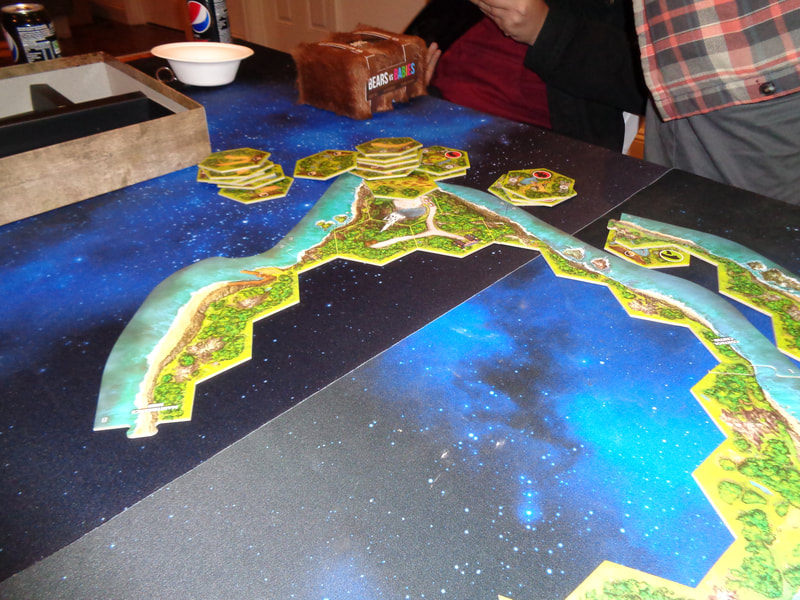
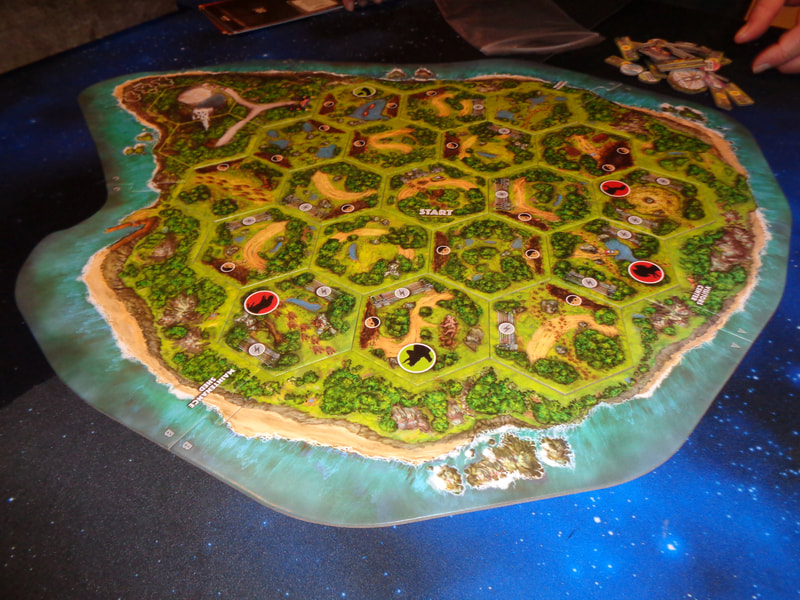
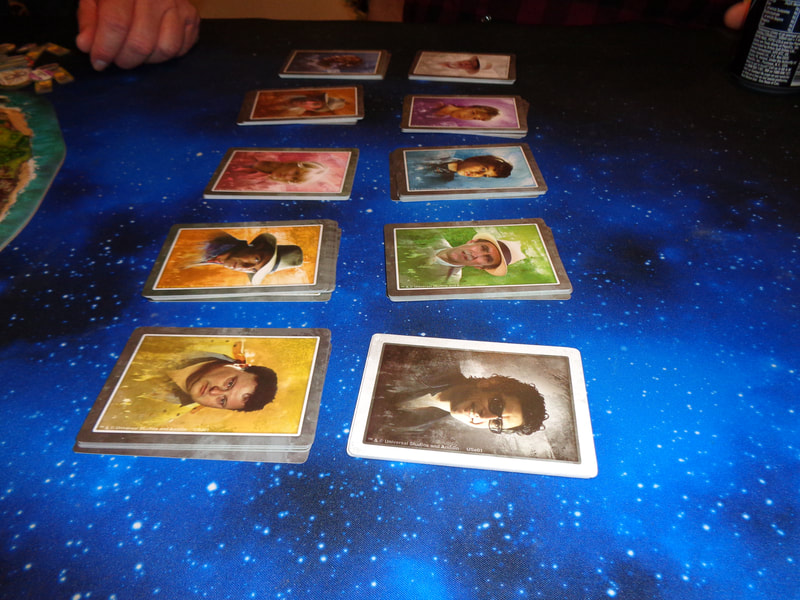
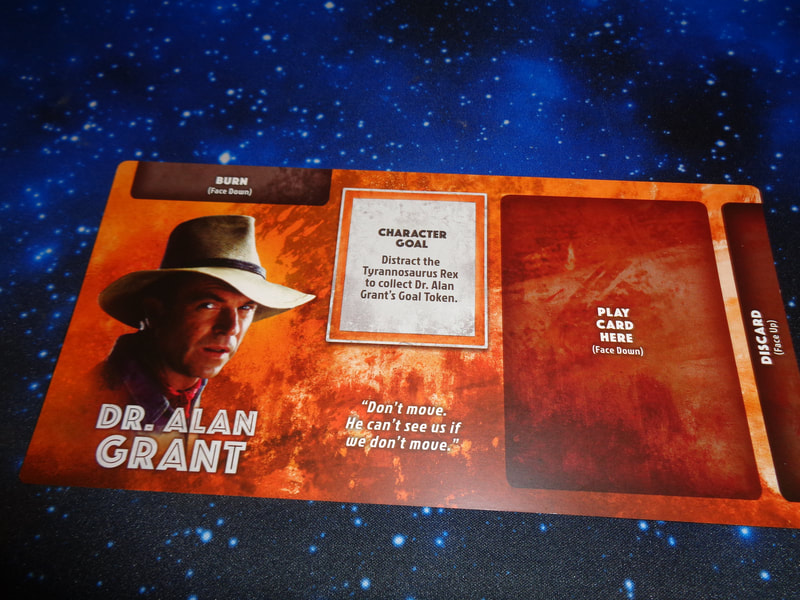
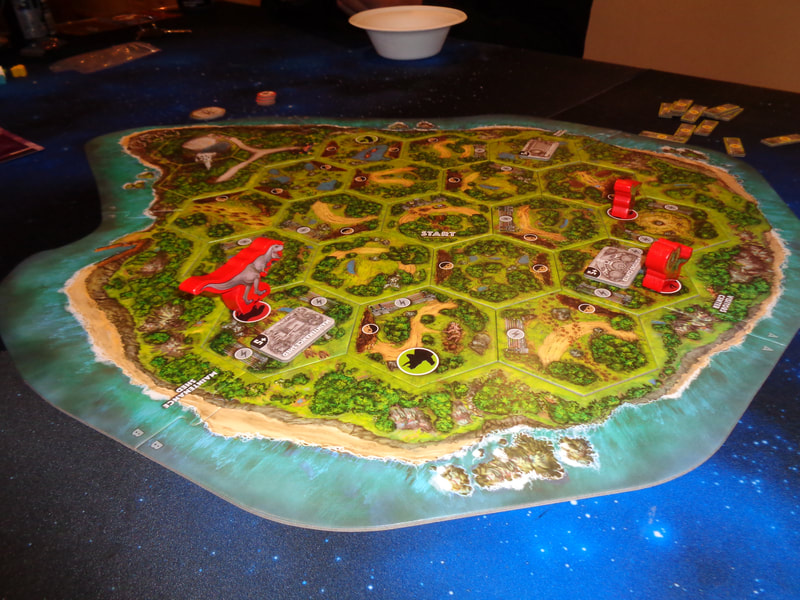
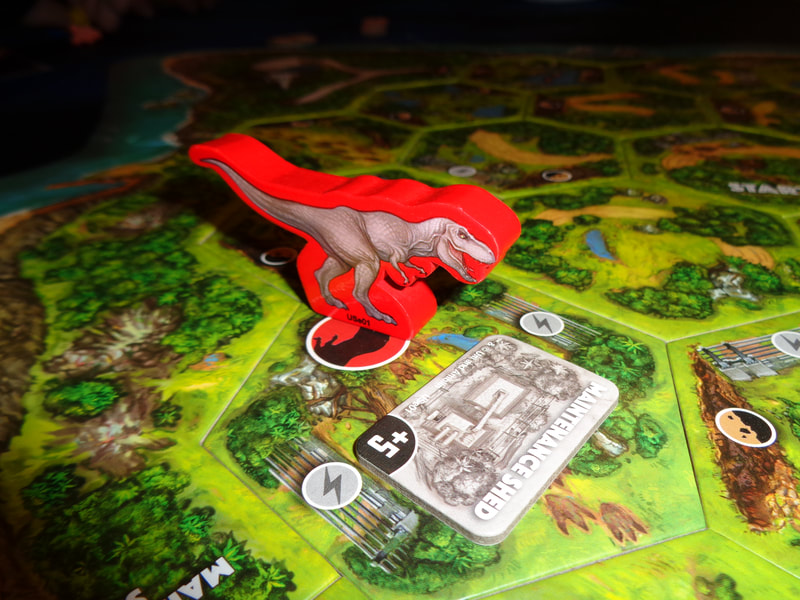
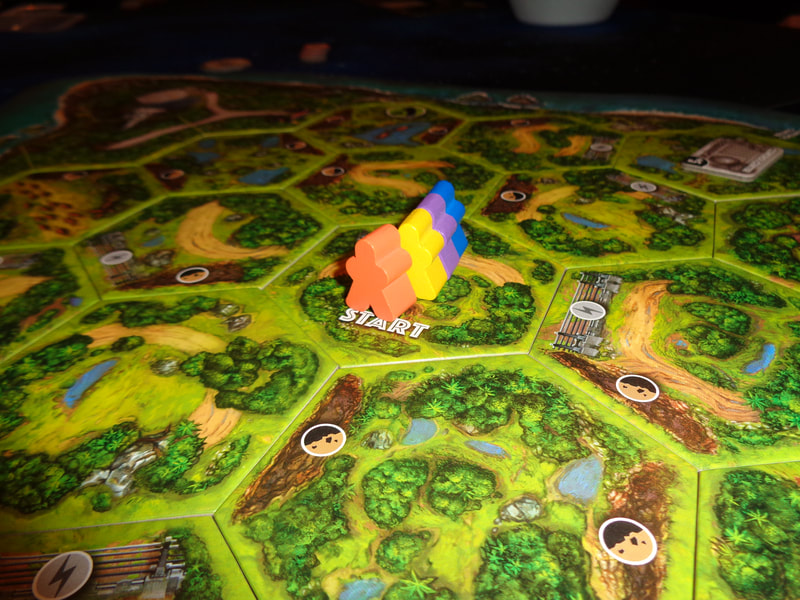
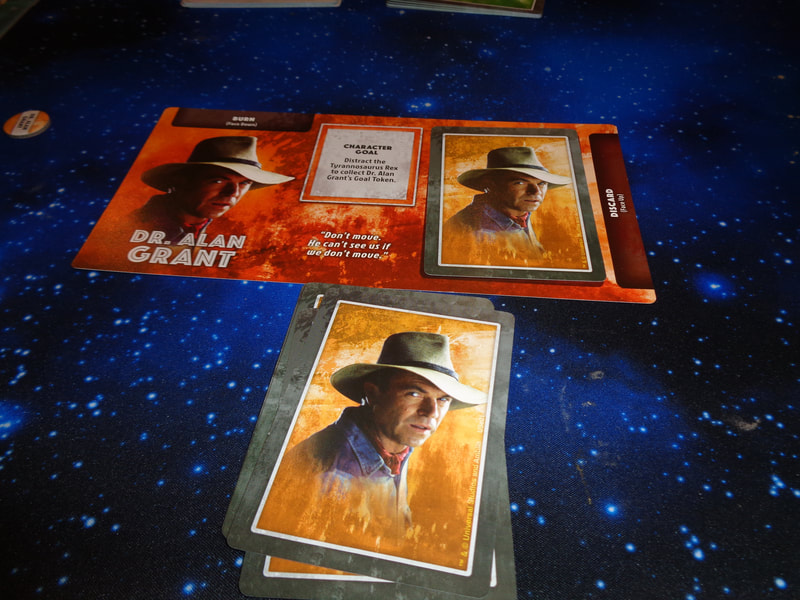
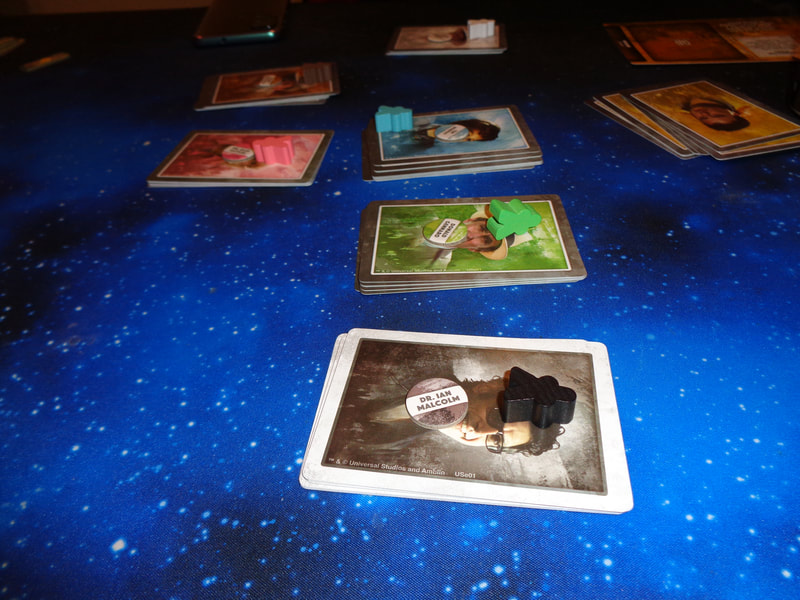
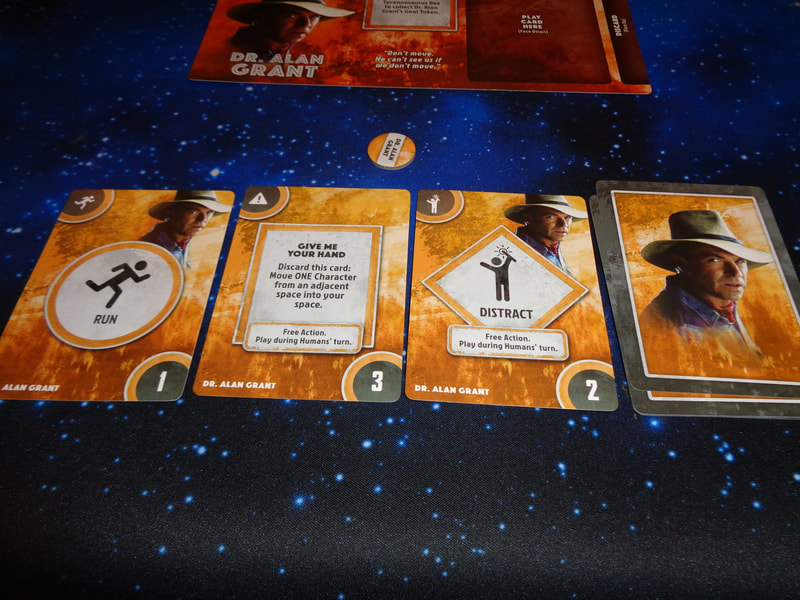
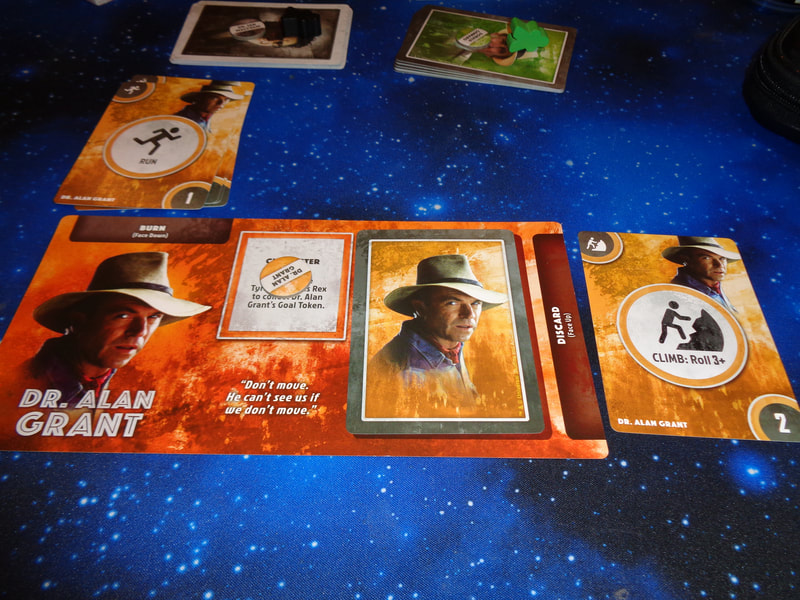
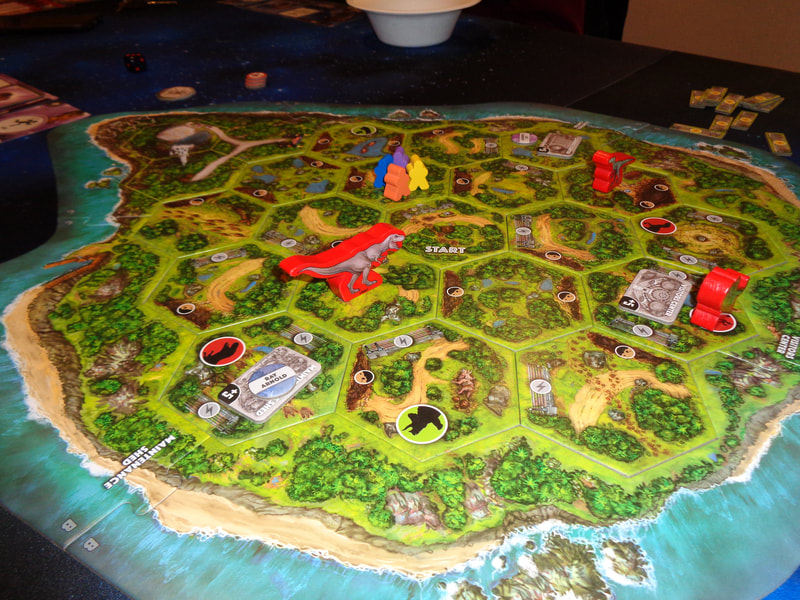
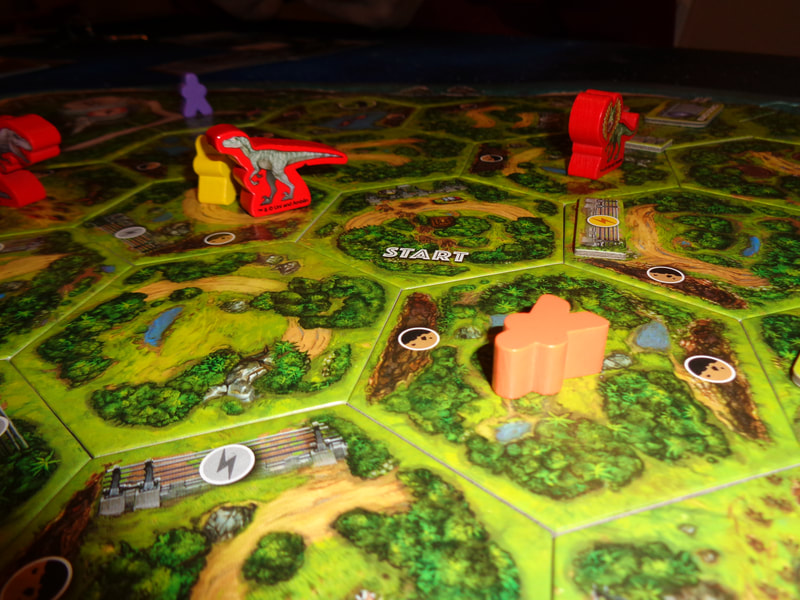
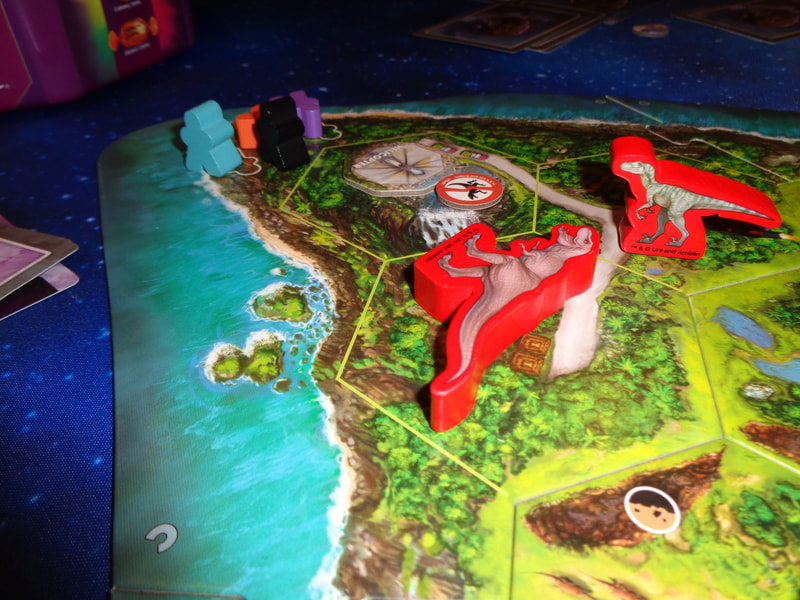
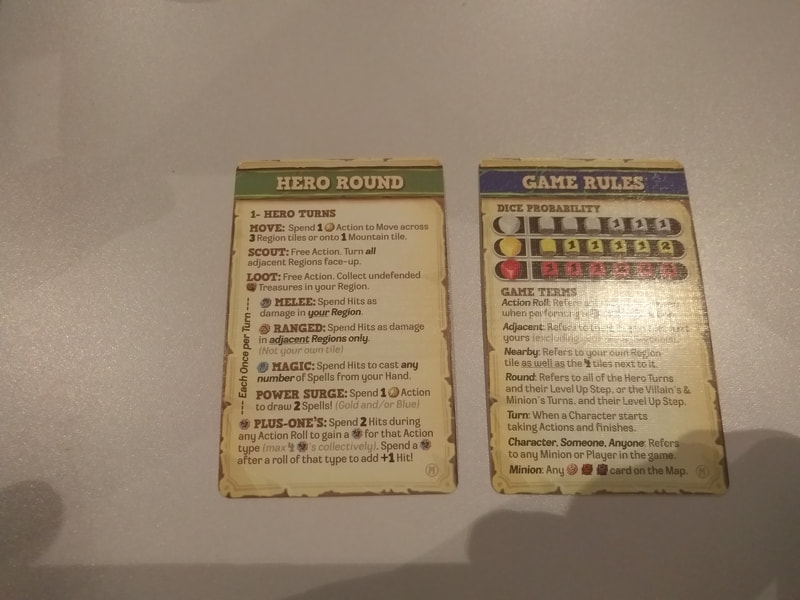
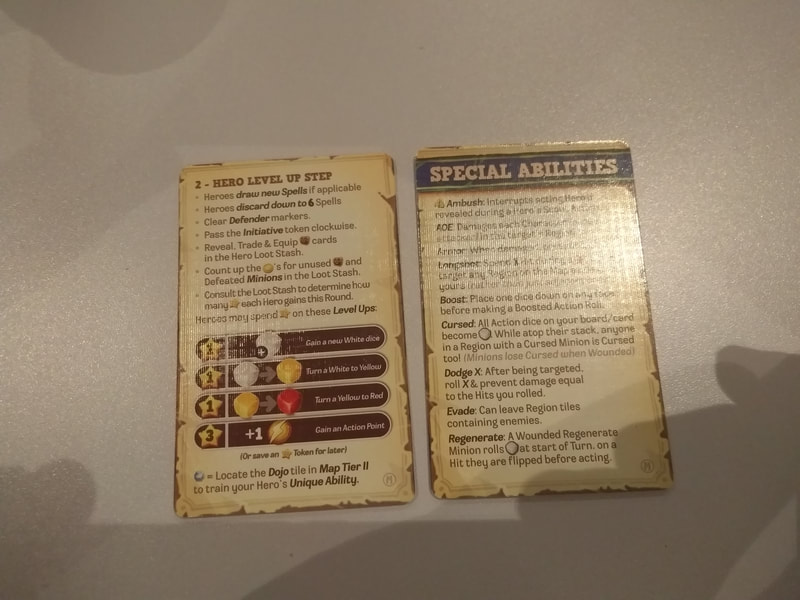
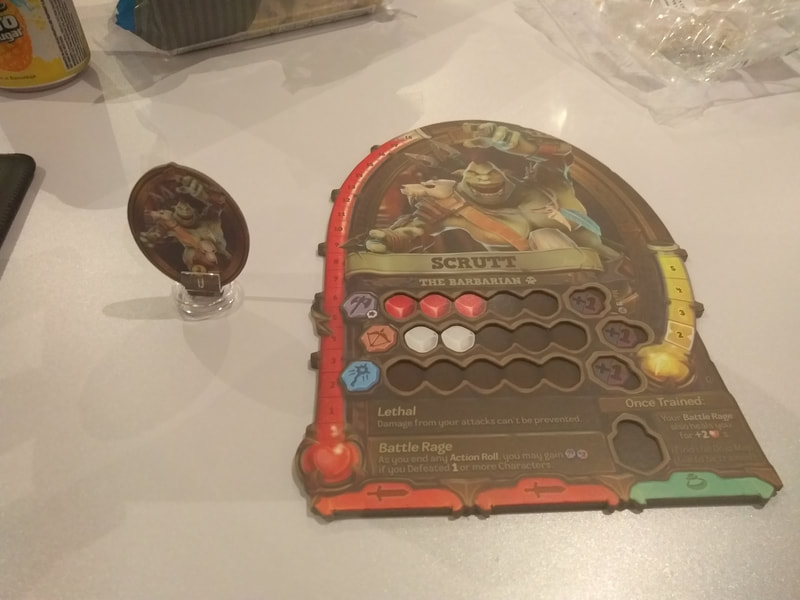
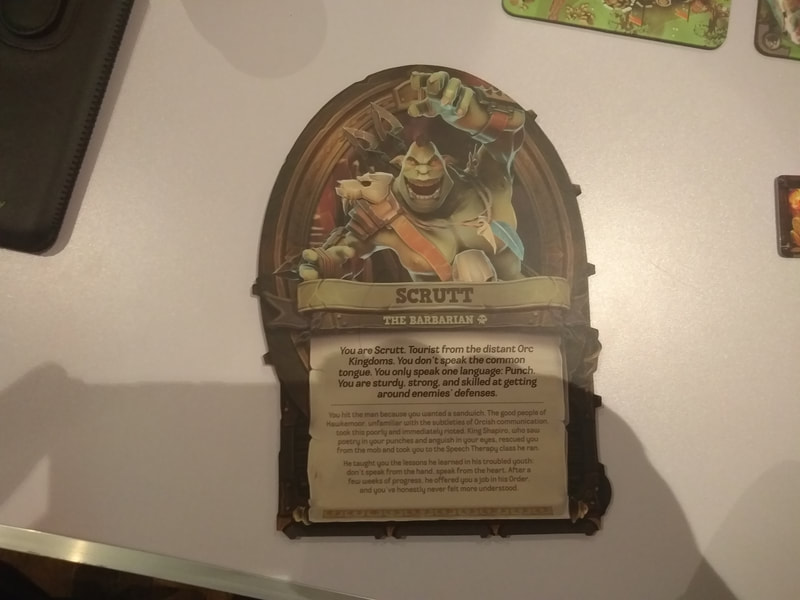
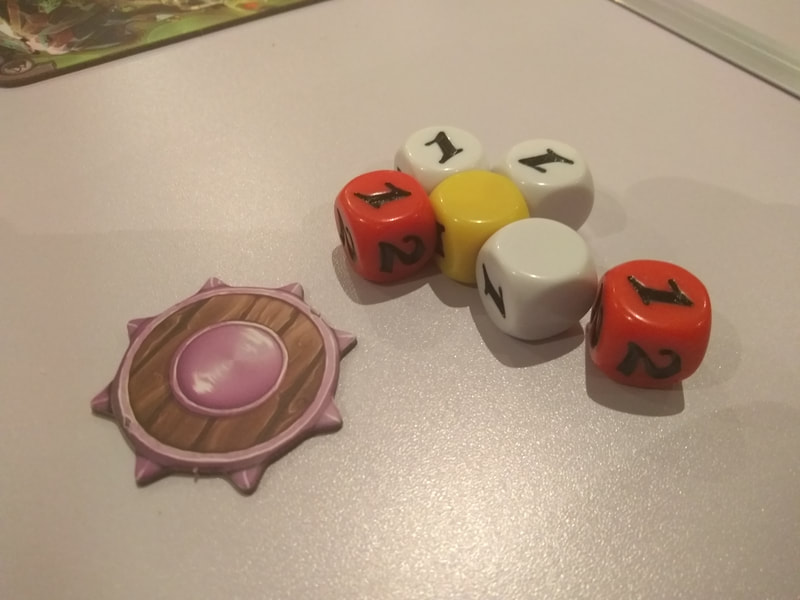
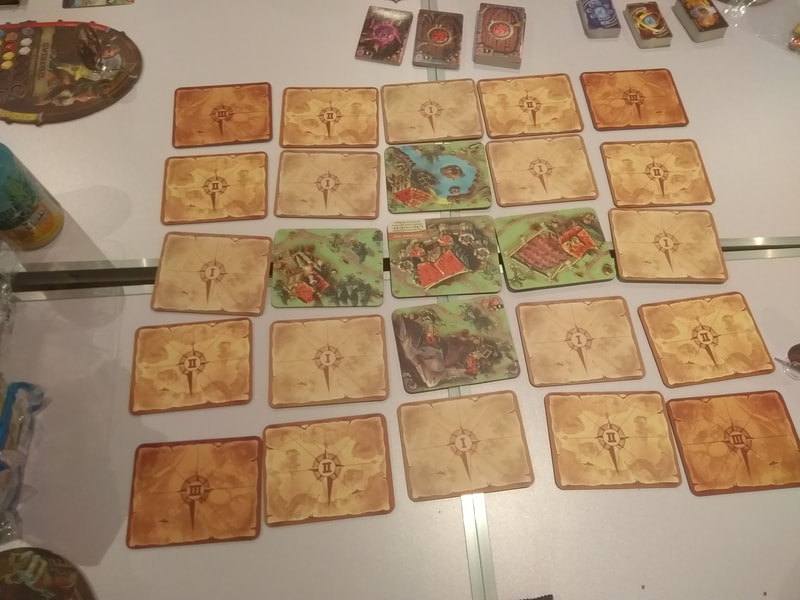
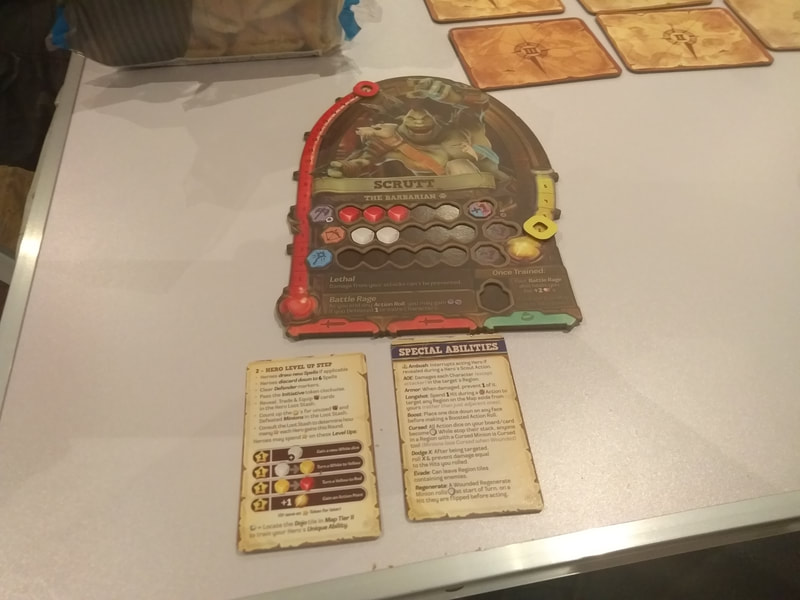
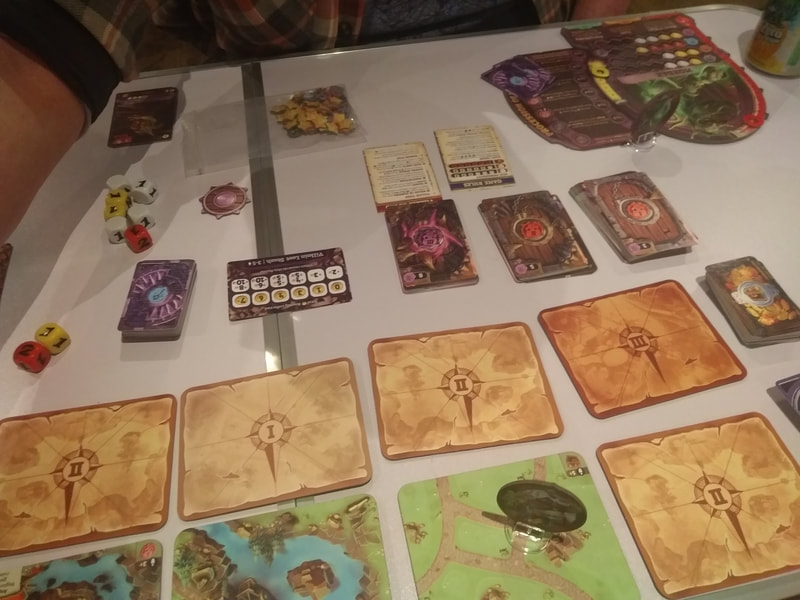
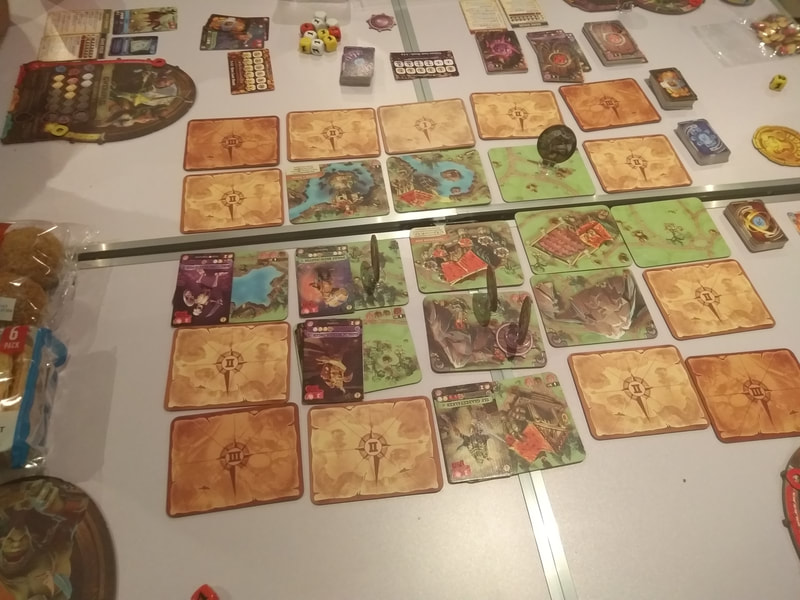
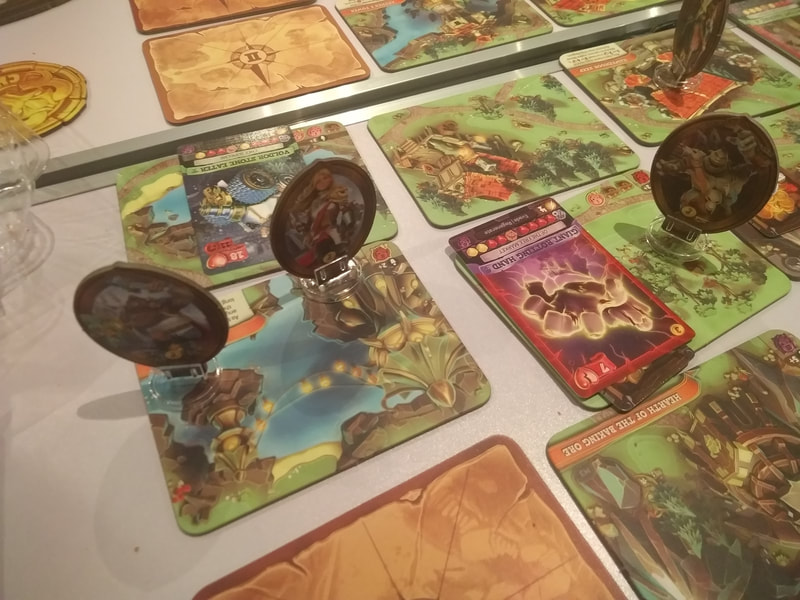
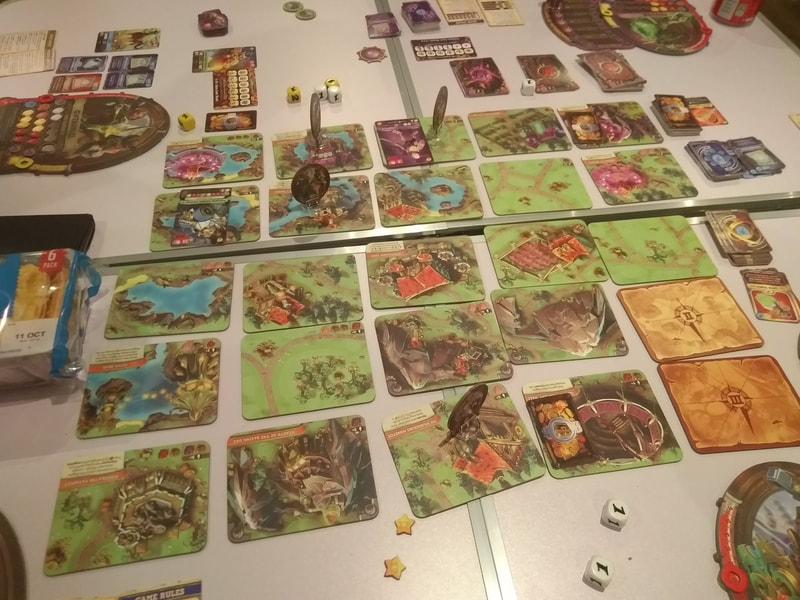
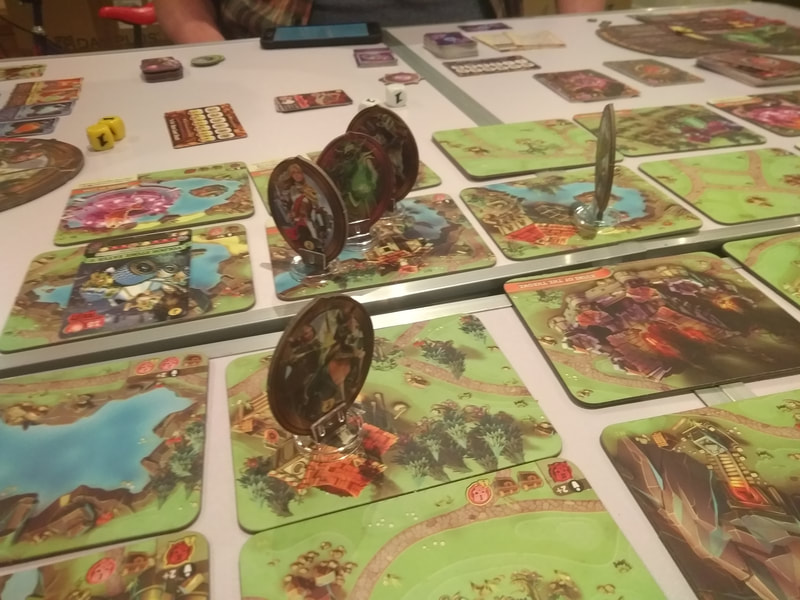
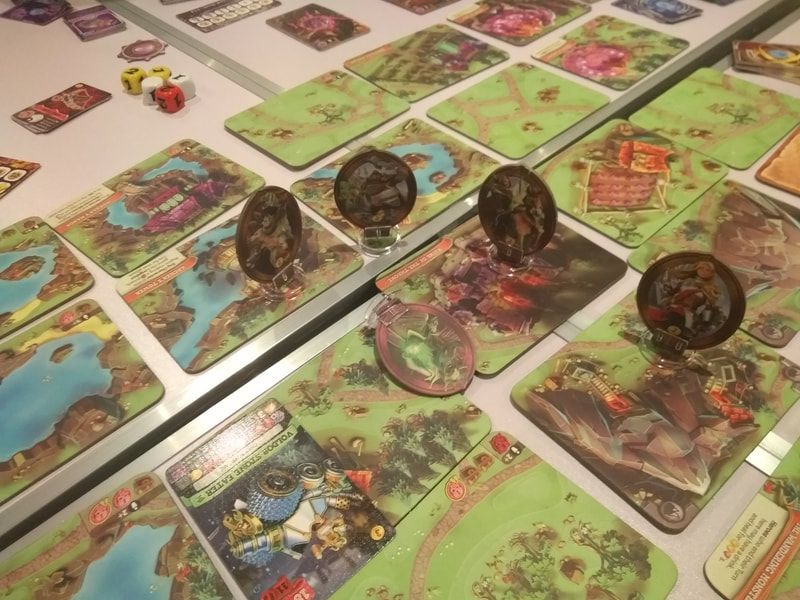
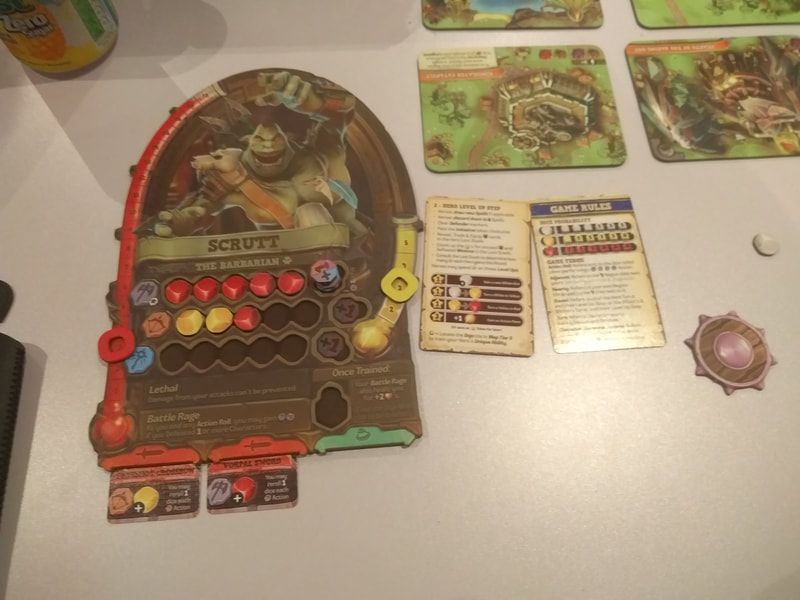
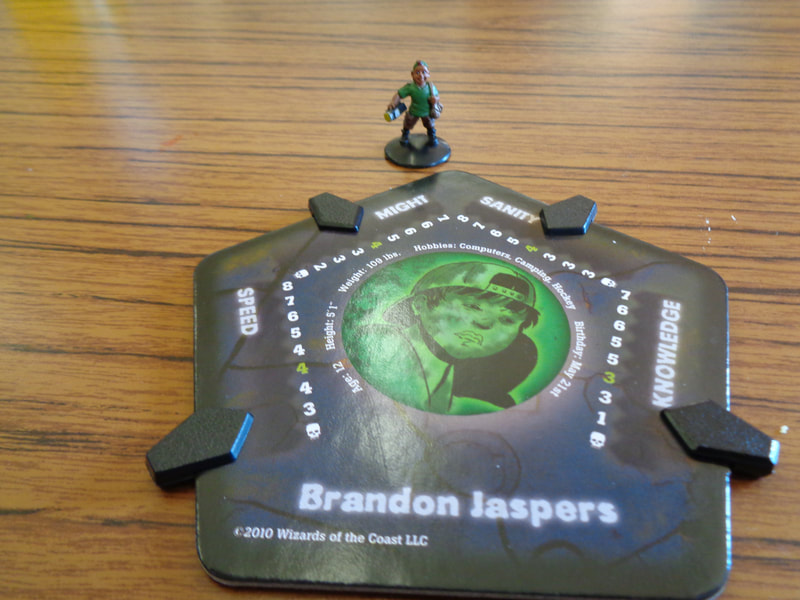
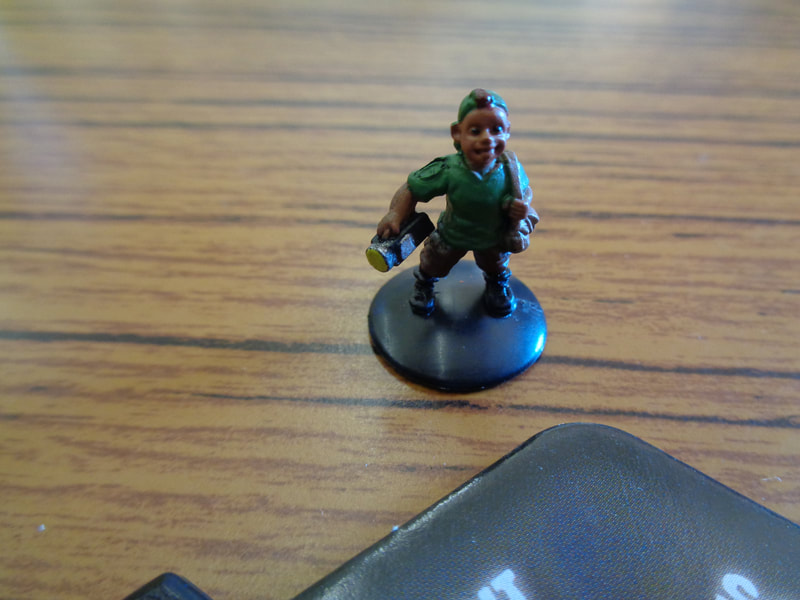
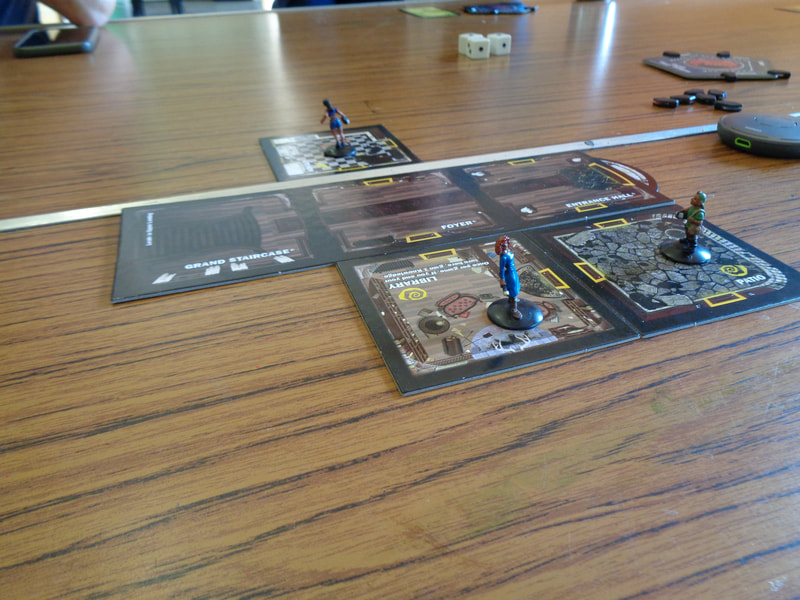
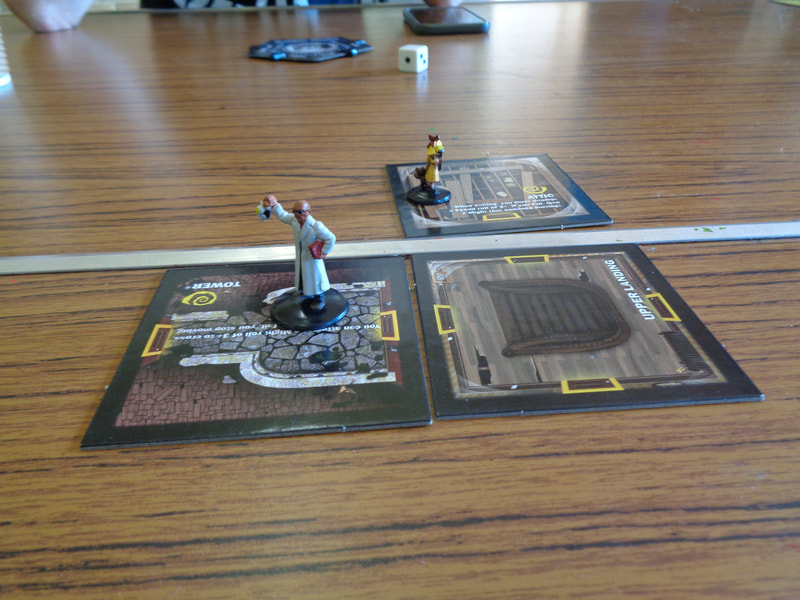
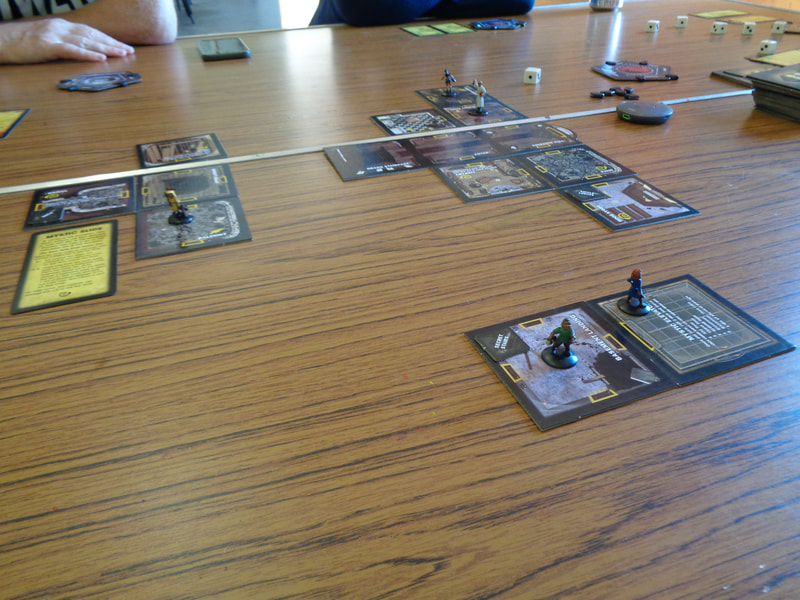
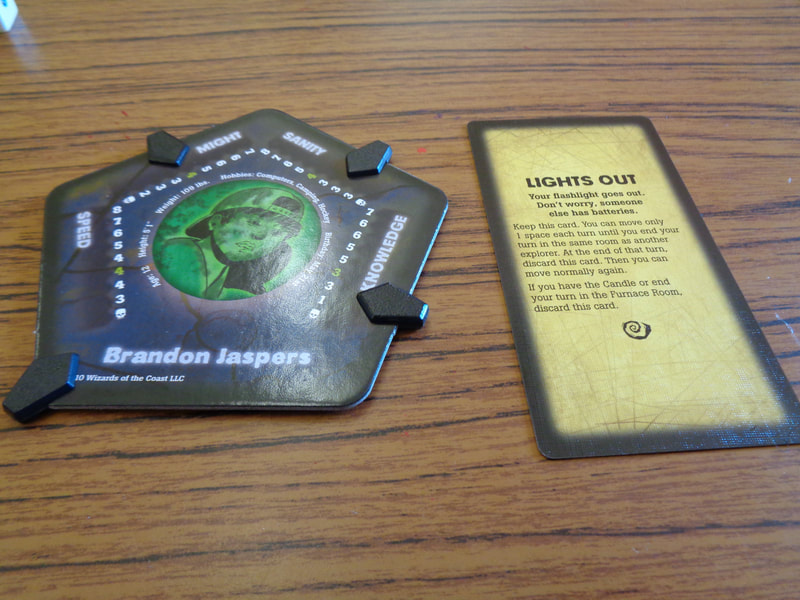
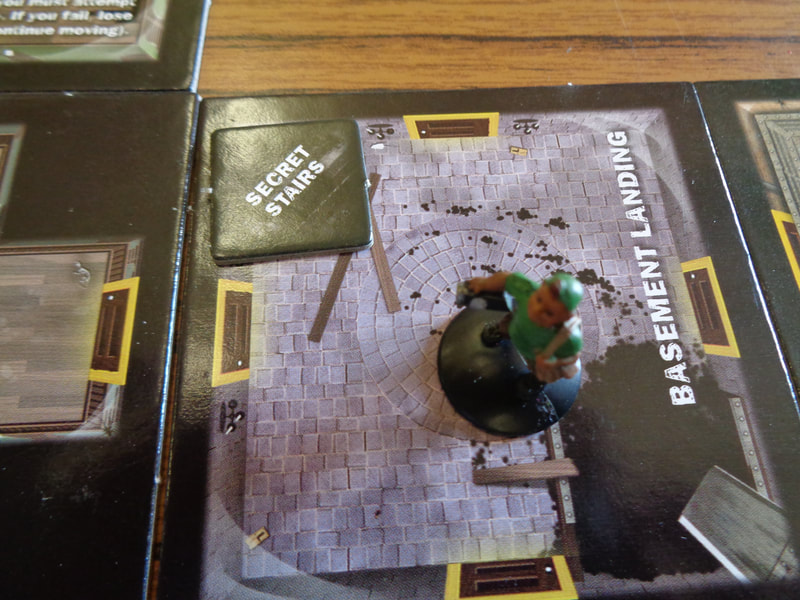
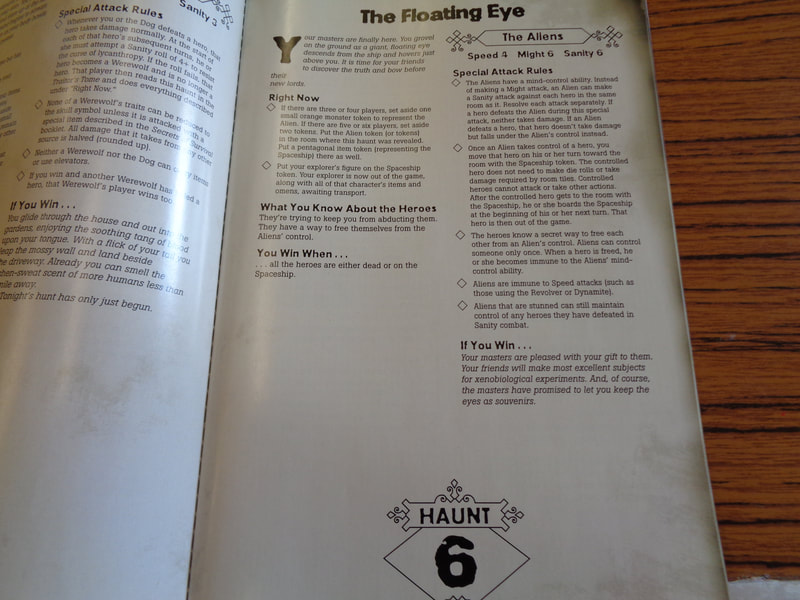
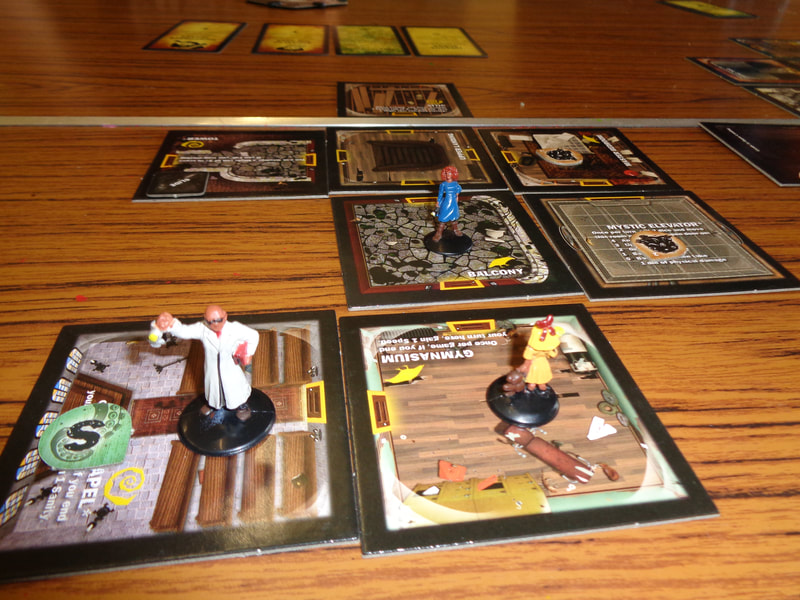
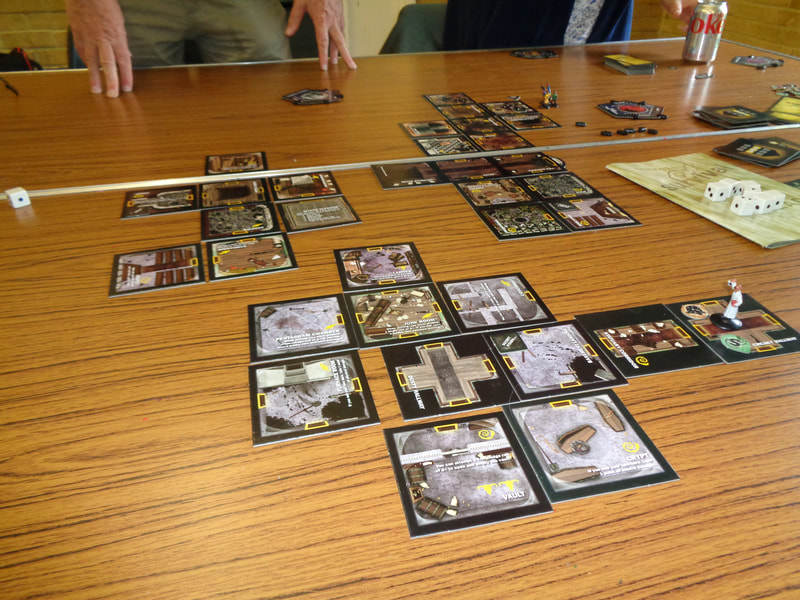
 RSS Feed
RSS Feed
